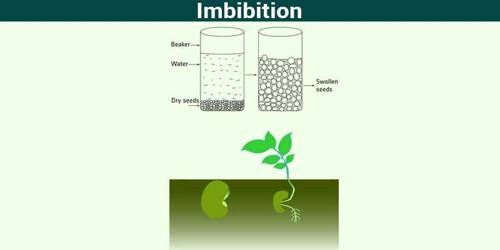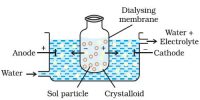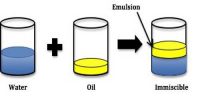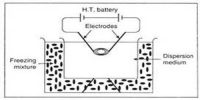Imbibition and Swelling
If some gelatin or agar is placed in water it first swells considerably and then either pass on to dispersion or remains as a gel, depending on the concentration of salt, pH or temperature. A similar behavior is found with many natural and man-made polymers in organic solvents. This uptake of the dispersion medium is followed by the tremendous increase of pressure and some increase in volume. This increase in volume due to an uptake of the continuous medium is called swelling. In some other cases of colloids, such as Silica gel, the liquid is absorbed without any marked swelling. The absorption of a liquid by a colloid is sometimes called imbibition. It occurs when a wetting fluid displaces a non-wetting fluid, contrary to drainage where a non-wetting phase displaces the wetting fluid. The two processes are governed by different mechanisms.
Imbibition may or may not be accompanied by swelling. If the substance that undergoes swelling can be confined in some way, then tremendous swelling pressure might be developed. The use of wooden wedges to split rocks in early days stands out as a witness of the large swelling pressure.
Imbibition is a seed’s or a plant’s absorption of water, a process that causes swelling in some plant cells and organs. Seeds undergo imbibition swelling when exposed to water. The process of imbibition is important to the plant since it encourages seedlings to emerge out of the soil and establish themselves.














